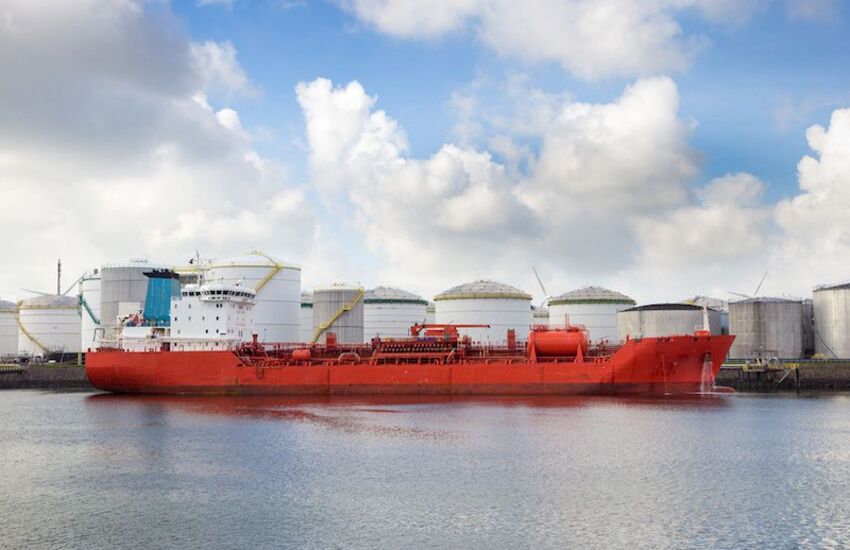Supply Chain Management Success In Asia
As supply chain management becomes an important business focus in Asia, many companies are getting more exposed to increasing risks.
To develop a supply chain that will result in value creation, we look in this article at the relationship between service providers and their clients, the cost of inaction when managing risk, and the environment.
Service provider-client relationship
The Service provider client relation is extremely important in managing safety in the supply chain.
In this relationship, it is not only the user or client who selects the service provider, but the latter also has a say in selecting his customers. The service provider may look at loyalty versus the cost of a customer, to identify switchers, underperforming relationships, and most valuable customers and partners.
Those service providers that pick an opportunity that generates quick cash or take advantage of a rare opportunity in the short term are often running businesses that are in survival mode. On the other hand, you have those companies that are in growth mode and invest to earn long-term trust or choose customers that help build capabilities.
Relationships that build safety capabilities
Investment in relationships that can build your safety capabilities, can help you to save money later on or increase your business volume. We have seen several service providers, such as chemical ship owners and tank terminals, thrive in Asia attracting more global customers once their safety standards improved.
Focus on environmental performance
The growing middle class in Asia is today also more concerned about the environment, so we suggest companies focus on improving their environmental performance and understanding the impacts of their activities on the environment.
Understand the cost of inaction
Finally, we highly recommend companies evaluate the cost of ignoring safety and inaction by calculating the potential total impact cost of doing nothing. This can be done by identifying the risk severity and likelihood, determining possible impacts and outcomes, and quantifying the related costs. In addition, it is important to consider the loss of life or serious injury, environmental damage, and irreparable harm to commercial reputation.
Conclusion
Potential challenges we often see are that companies lack knowledge about HSE & risk management, and have financial and budget limitations, or limited recourses.
Don’t hesitate, get involved in the supply chain and build a sustainable model with proper risk assessments and a good emergency response plan.
Photo Credit: Shutterstock

